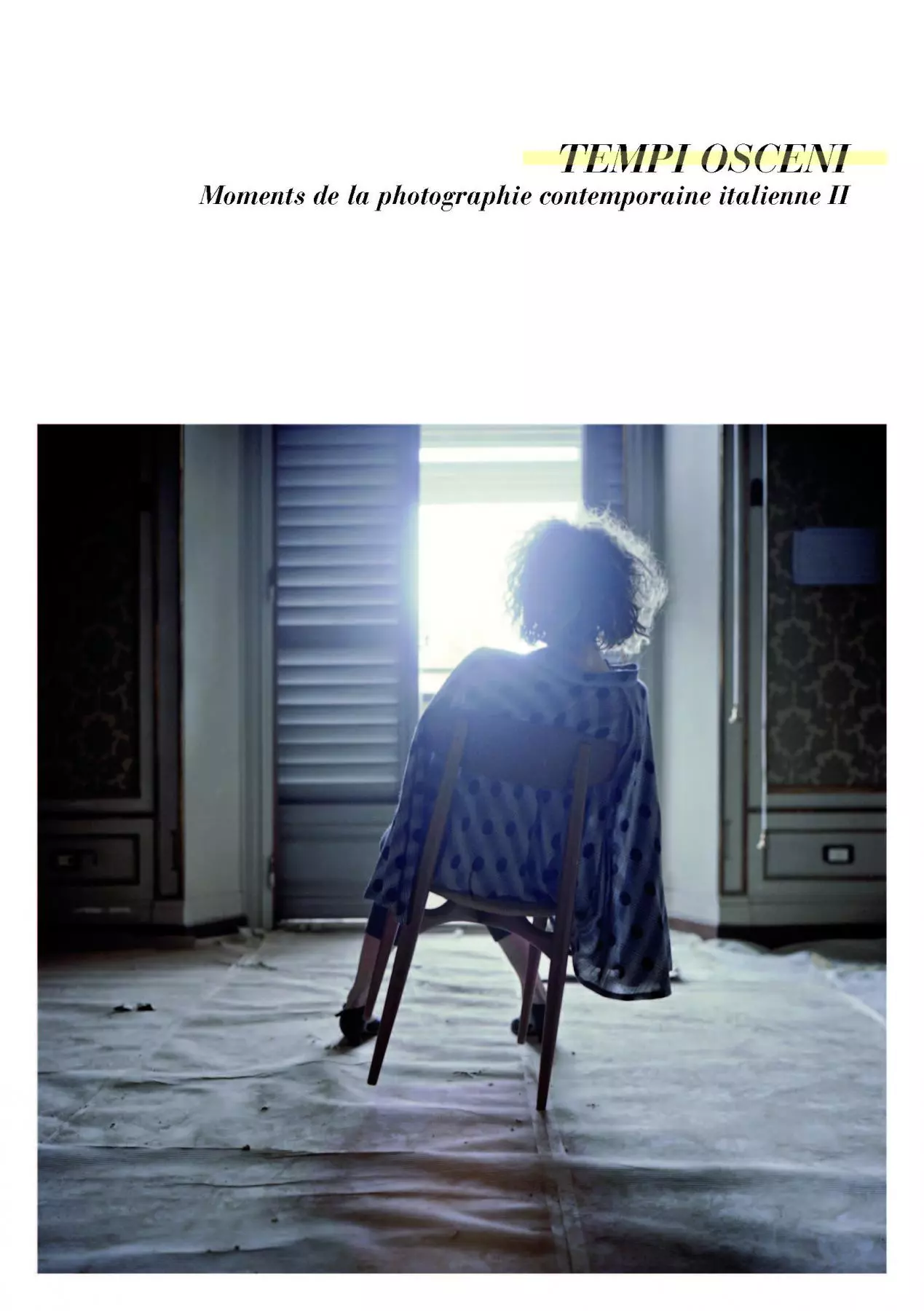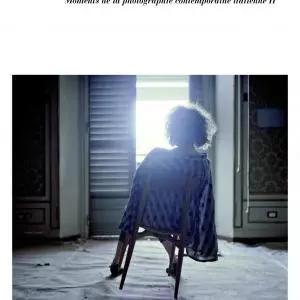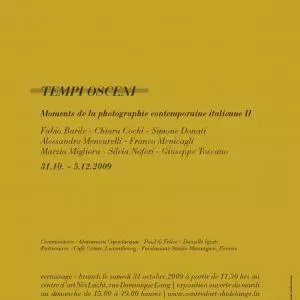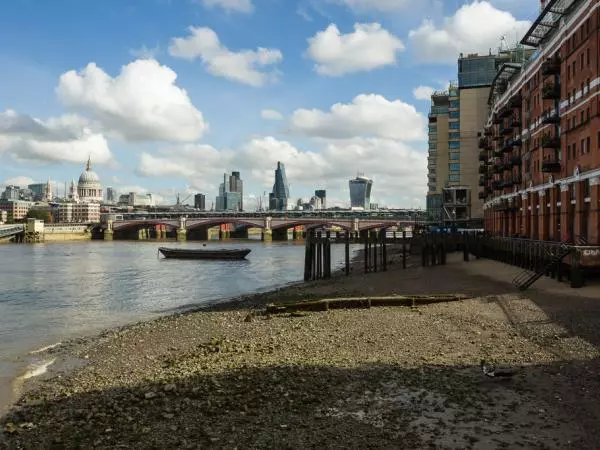When the idea came up of organizing a new exhibition about contemporary Italian photography, our starting point was the 2001 exhibition Tempi in scena : Moments de la photographie contemporaine italienne. This exhibition brought together both Italian and foreign artists who all had all trained at the "Fondazione Studio Marangoni" photography school in Florence where they studied within the specific framework of the Corso Triennale. The challenge was a difficult one : it was necessary to avoid a "photocopy" exhibition, by merely reusing the same artists for example, and a new thematic thread had to be found.
While for the first exhibition we showed aspects of new artistic sensibilities of a generation of artists marked by the change of paradigm of contemporary photography in Italy, exploring intimacy and mutations of daily life, for the second exhibition we decided to highlight photographic images that show today's reality as an attempt to resist the current Italian situation.
Through observing the work of different artists, a double tendancy emerges. On the one hand, the representation of the historical moment that Italy is undergoing and, on the other hand, a sort of idealization in the attempt to overcome a reality that seems to be uncomfortable for many Italians.
From this duplicity sprang the idea of showing this Italy where the image of the violent reality of political and cultural issues (which are gradually destroying it) counters the image of a sublimated transfiguration.
As the photography critic and historian Roberta Valtorta has noted : "Artists fully use the possibilities that photography provides thanks to its suppleness and its capacity to adapt to any type of context." (Roberta Valtorta, Il pensiero dei Fotografi, Un percorso nella storia della fotografia dalle origini a oggi, Bruno Mondadori, Milano, 2008)
The link between these two exhibitions is to be be found in the articulation of a photographic thought process that joins big history to little stories, the public to the intimate, reality to fiction. This link is also reinforced by the title which uses the substantive "tempi" to create a play on words : tempi in scena for the 2001 exhibition and tempi osceni for the 2009 one. From an era when the artist was inspired by intimate setups, the changing of the private body into a public one, and the influence of media on daily life, we pass to an emerging generation whose new voices are making themselves quietly heard in Italy. The artists try to resist the "obscenity" (in a figurative sense) of the current Italian situation by denouncing the triviality, indecence and bad taste of political representatives through their politically committed photographs and videos, which are sometimes off-kilter.
 Share / Save
Share / Save









Commenti 0
Inserisci commento